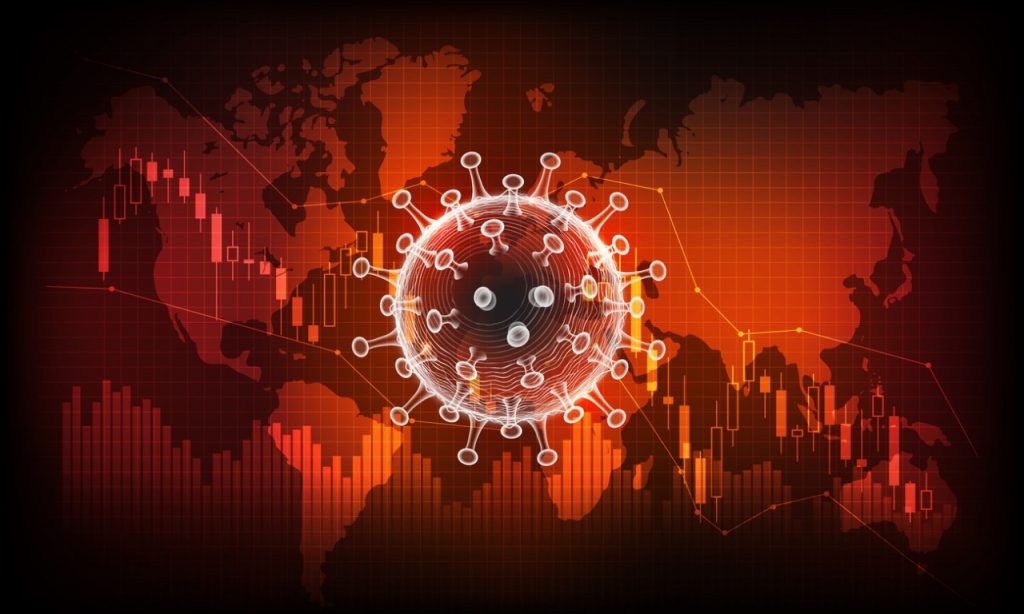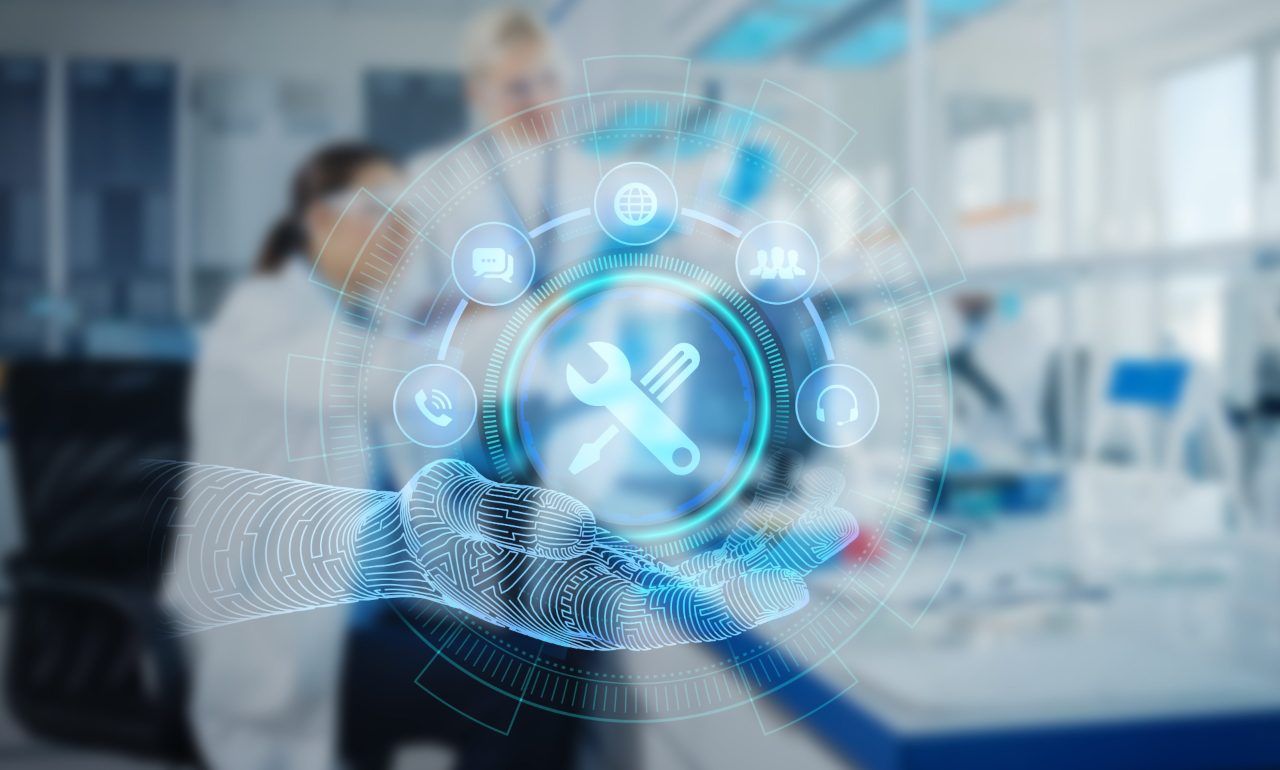Global cooperation to deal with the outbreak: Covid - 19 - NMR alliance
Covid19 - NMR alliance in Goethe university in Frankfurt, Germany, in March 2020 set up, and quickly developed into an international alliance.
Today, scientists from around the world are a unique cooperation, based on the scientific principles of open, nuclear magnetic resonance (NMR) technology was used to study the new crown pneumonia virus.Brooke interviewed members, ask them in detail as a new research method of nuclear magnetic resonance (NMR) technology and its latest findings, how will they solve this issue together, and through the study of mechanism of sharing, to find faster than normal development process effective drugs for the treatment of the new champions league pneumonia.
* used only for research
You are welcome to watch the following Covid19 - NMR alliance members interview video:
Interview Covid19 - NMR alliance members
Teresa Carlomagno
Hanover, Germany university chemistry department
Using nuclear magnetic resonance (NMR) understand Covid - 19 at the molecular level
In Biomolekulares Wirkstoffzentrum (BMWZ), Teresa Carlomagno professor and her team by using solid state nuclear magnetic resonance (NMR) to handle the RNA structure, understand the molecular interactions between structured and unstructured and how this impact can be medicinal properties.In COVID - NMR alliance of 19, she is trying to understand the SARS - CoV - 2 how the interaction of protein and RNA virus, to prevent the produce of the host cell protein.
Harald Schwalbe
In Germany, Goethe university of Frankfurt
Uncover Covid - 19 NMR the inspiration behind the door of the union
Harald Schwalbe professor Dr. Johann Wolfgang Goethe university in Frankfurt, is based on nuclear magnetic resonance (NMR) RNA, proteins, and its complex structural biology experts.
In his new crown pneumonia pandemic Covid - 19 NMR alliance is established the initial stage, it is an international group, in 70 countries around the world now has more than 50 research partner.
Markus Zweckstetter
In Germany, Max Planck institute of goettingen, Germany neurodegenerative disease center
Covid - 19 NMR international projects
Dr Markus Zweckstetter is a nuclear magnetic resonance (NMR) spectroscopy, scientists, he is the most challenging in NMR was used to study biology molecules, including large macromolecular compounds, membrane proteins and biological molecular condensation and so on.
Carolin Hacker
Germany, in Frankfurt, SIGNALS GmbH & Co. KG
Nuclear magnetic resonance (NMR) research data management improvement
Dr Carolin Hacker SIGNALS at Goethe university work, the company was formed to promote digital research and scientific workflow.Dr Hacker who specializes in nuclear magnetic resonance (NMR) data set management, her team is responsible for the supervision of a single central data center, Covid - 19 NMR union all scientific data are stored in here.
Mei Hong
The United States, Cambridge, Massachusetts institute of technology (MIT).
The power of nuclear magnetic resonance (NMR)
MIT chemistry professor Mei Hong tells the story of the potential of high resolution solid state nuclear magnetic resonance (NMR), to help solve the world's health care industry is facing challenges.
Jesus Jimenez - Barbero
Spain, Derio, Bizkaia, biological sciences cooperative research centre (CIC bioGUNE)
Using nuclear magnetic resonance (NMR) understand the role of sugar in COVID - 19
In CIC bioGUNE, Jesus Jimenez - Barbero professor and his team in using nuclear magnetic resonance (NMR) to study the sugar and pathological events and the role of infectious diseases on the molecular recognition.In COVID - 19 NMR union, they are trying to understand as a virus first interaction point of spikes glycoprotein receptor binding domain.
Lucia Banci
European nuclear research center at the university of Florence, Italy (CERM)
Research union demonstrated the power of cooperation
Researchers at the university of Florence, Italy was very excited, to be able to use the world's largest nuclear magnetic resonance instrument to explore opportunities and scientific research responsibility.Also contributes to the result of the push boundaries, help solve by far the most difficult one of the two scientific challenge.
Eldon Ulrich
The United States, the state of Wisconsin, Madison, biological magnetic resonance (NMR) database (BMRB)
Use data for NMR studies
Biological magnetic resonance (NMR) database (BMRB) aims to enhance the scientists on the structure and dynamics of biological systems and the ability of chemical analysis, and support the further development of biological molecules nuclear magnetic resonance (NMR) spectroscopy.
Andreas Schlundt
In Germany, Goethe university of Frankfurt
Expand the RNA and protein interactions in terms of professional knowledge
Dr Andreas Schlundt and his team are seeking to understand ribonucleic acid (RNA) coronavirus protein complex structure.Then they are using that information to determine whether the sequence of "medicinal" has obvious effect.
Katja Petzold
Stockholm, Sweden, the wallenberg institute researcher
Nuclear magnetic resonance (NMR) reveals how the change of the function of passing the virus RNA form
Team led by Dr Petzold nuclear magnetic resonance (NMR) is used to establish the structure and function of ribonucleic acid (RNA), RNA constitutes the genetic material of certain human pathogens, with the survey SARS - CoV - 2 this RNA virus is highly relevant.
Lucio Frydman
Israel, ray, the weizmann science institute
Nuclear magnetic resonance (NMR) : the interchange between physics, chemistry and biology
Professor at the Weizmann institute of science, Lucio Frydman main work is the use of nuclear magnetic resonance (NMR) to study the structure of matter and molecules.COVID - this can be converted to 19, he and the team is developing a new tool, to help better understand the virus RNA structure and drug combination of ability.
Jose Gallego
Spain, valencia at the Catholic university
Help eliminate SARS - CoV - 2) with the nuclear magnetic resonance (NMR) virus
Professor Jose Gallego is research professor at the university of valencia in Spain Catholic, is currently Covid - 19 NMR union work, the study by combined with RNA structure in human cells and the potential role of antiviral drugs.
Georgios Spyroulias
Greece, department of pharmacy at the university of patras
COVID - 19 NMR international projects
Georgios Spyroulias professor in Covid - 19 NMR alliance project work, using nuclear magnetic resonance (NMR) found that the reaction of virus protein and host protein.
Martin Blackledge
France, Grenoble institute of structural biology
Rapid nuclear magnetic resonance (NMR) revealing how tricky mechanism of viral proteins
Most proteins, including SARS - CoV - 2 are very familiar with the spikes protein, once in place, can form a kind of functional shapes, known as three-dimensional folding.Nuclear magnetic resonance (NMR) enable scientists to study the behavior of these highly dynamic protein, until the atomic resolution.





